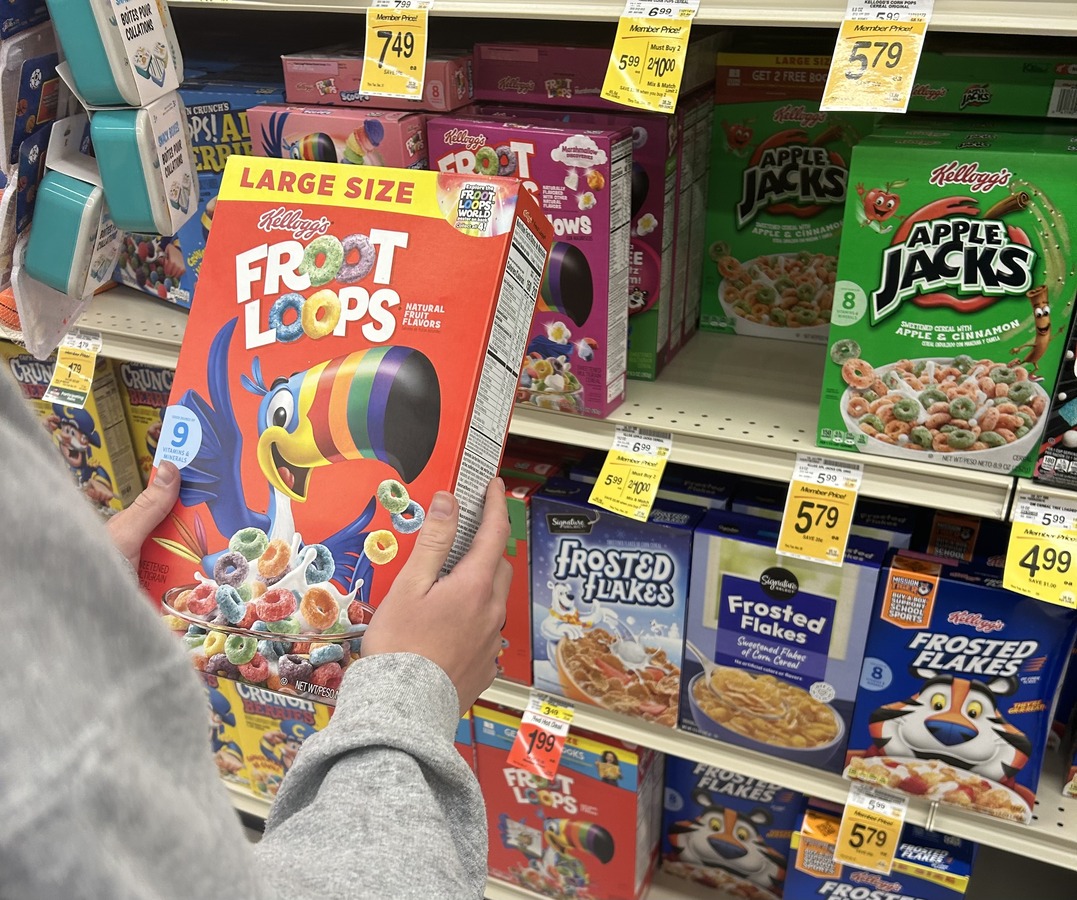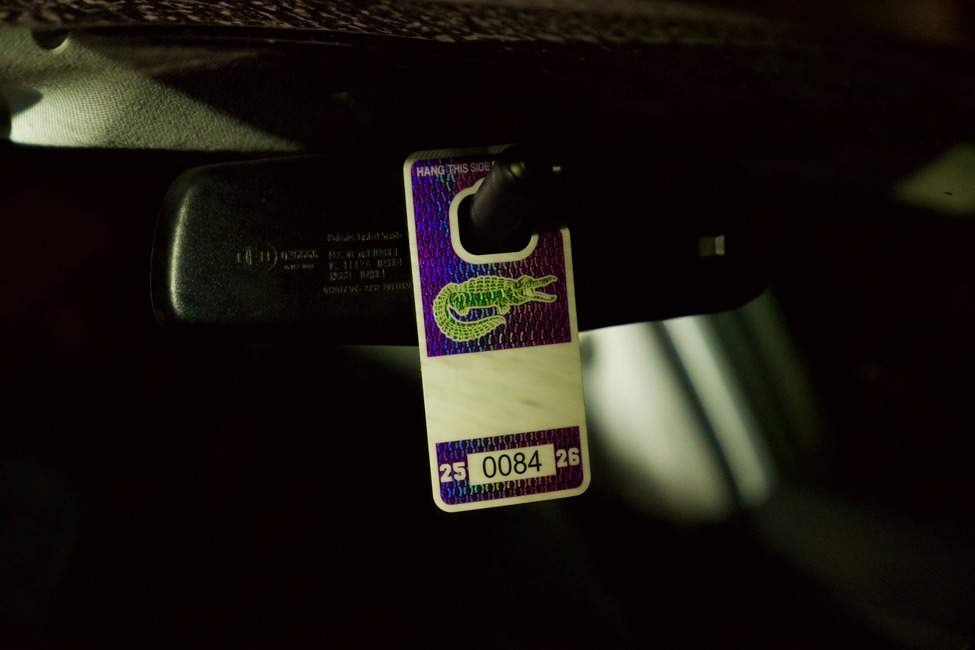Cereal is an all-time favorite breakfast food, especially for children. While many offer true health benefits and the proper nutrition to fuel a body for the day, many are beginning to question the “true colors” of cereals, specifically Kellogg’s Froot Loops.
The brilliant colors of this cereal are due to the many artificial dyes within the product. These certain additives are linked to serious neurological deficits and hyperactivity, especially in children.
The issue over many commonly seen active ingredients has been taken public through protest and these ingredients have even been prohibited from production in other countries such as Canada, so why not the United States?
According to an article published on October 16, 2024 by ABC News, reporter Kelly McCarthy said, “Hundreds of people gathered outside the WK Kellogg headquarters in Michigan on Tuesday (October 15, 2024) calling for the company to hold up its promise to remove artificial dyes from its breakfast cereals sold in the U.S.”
McCarthy later notes Kellogg’s previous commitment to removing harmful additives from its breakfast cereals, most notably Froot Loops and Apple Jacks back in 2018.
With the spread of awareness for safer alternatives to commonly purchased items, it is no surprise public action was the next step. By protesting in front of Kellogg’s H.Q., citizens hope for the changes seen across the world.
But what is so harmful about artificial dyes that it would call for a national protest, and be banned in other countries?
Xavier’s Foods and Nutritions teacher, Lexie Rinaldi says, “Commonly available food dyes, such as Red No. 40 and Yellow No. 5 are synthetic dyes, meaning that they do not occur naturally. These dyes are being created out of non-natural, non-edible ingredients, such as petroleum.”
If it were common knowledge that non-edible ingredients like oil were in their morning meals, many would no longer purchase the beloved foods. Not only is it unappetizing to think of these ingredients, but it is also extremely unsafe for the consumer.
According to an article published on October 17, 2024 by FortuneWELL, reporter Korin Miller said, “Children were given dyes and observed to see how they reacted afterward. In 16 of the 25 studies that were included in the report, there was a link between children ingesting the dyes and having hyperactivity and other neurobehavioral problems afterward.”
Breakfast has been causing children not to be able to control their energy and movements, which creates issues if they are sent to school shortly after. This hyperactivity can prohibit learning for the children in question.
The Kellogg’s fiasco may have scared many into a complete cut off of cereals and products with these additives, but that is not the goal.
There will always be questionable ingredients, but if buyers know what they are choosing to purchase and what the effects may be, it would be healthier and safer for everyone. That is why education of products before consumption is the ultimate goal.
“I think each person needs to educate themselves on the research and make their own determination. My personal opinion is that everything can be eaten in moderation,” Rinaldi said.









